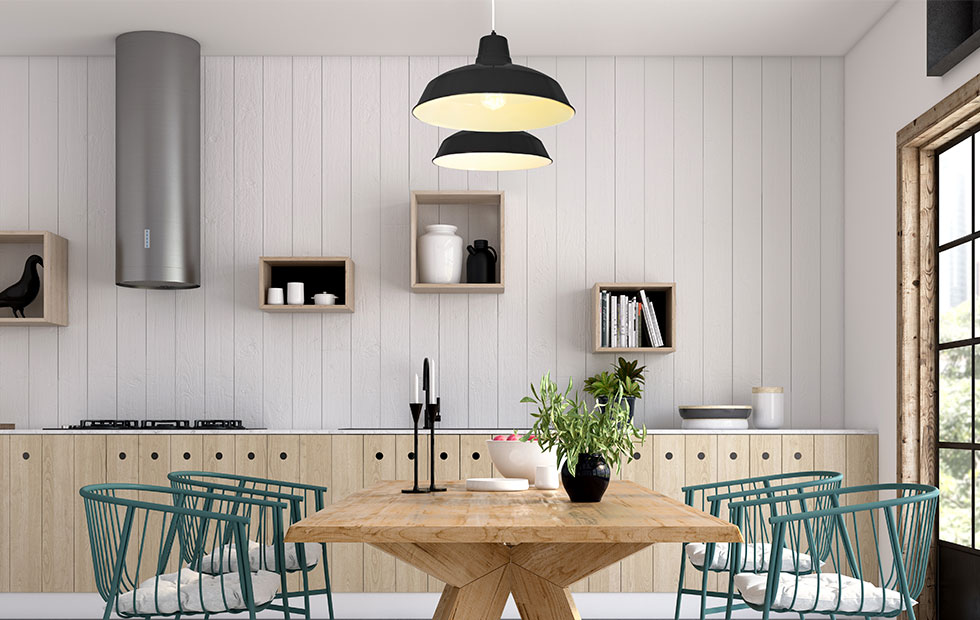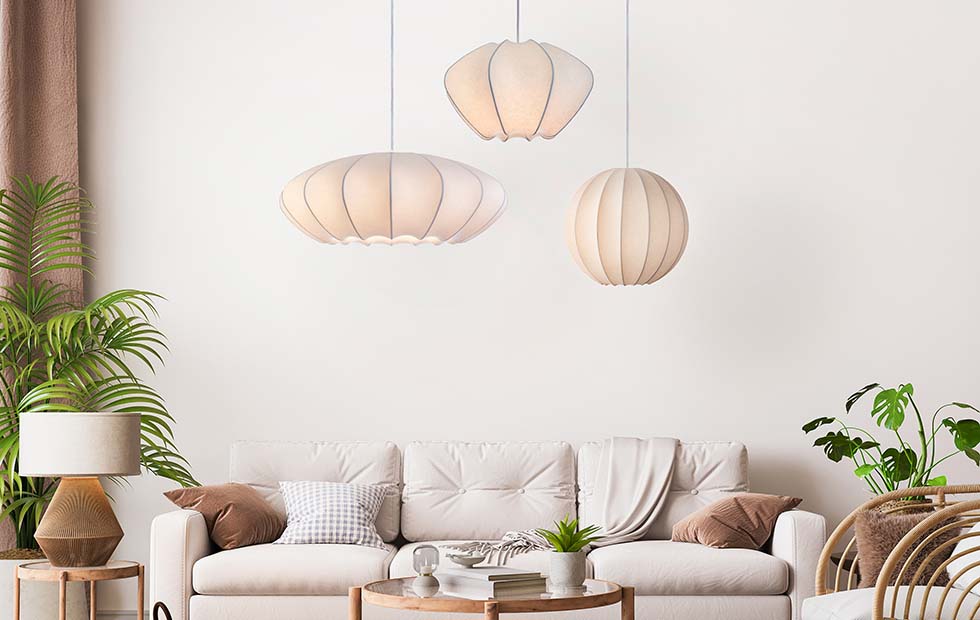Industrial lighting has gained significant popularity in recent years as more people recognise its aesthetic appeal and functional advantages. Characterised by a simple, utilitarian design featuring exposed bulbs, metal shades, and raw materials like steel and iron, industrial lighting is no longer limited to warehouses and factories but can also be effectively incorporated into residential and commercial spaces.
In this blog post, we will delve into the benefits of using industrial lighting and provide tips on integrating this style into your home or workplace.
Advantages of Industrial Lighting
Durability and Versatility: Industrial lighting fixtures are constructed from high-quality materials designed to withstand harsh conditions and heavy use. This makes them suitable for a variety of settings, from high-traffic commercial spaces to outdoor areas exposed to the elements.
Versatile Atmosphere Creation: Industrial lighting enables the creation of different moods and atmospheres depending on the type of bulb and shade used. For instance, exposed filament bulbs provide a warm and inviting ambience, while directional spotlights can highlight specific areas or objects within a space.
Aesthetic Appeal: The simple, rugged design of industrial lighting fixtures appeals to many, as it adds authenticity and character to a space.
Compatibility with Various Design Styles: Industrial lighting complements a wide range of design styles, from contemporary to rustic, making it a versatile choice. Moreover, these fixtures can be customised and personalised to suit individual preferences. Vintage-style industrial pendant lights with weathered patinas create an antique look, while sleek, modern metal floor lamps offer a minimalist vibe.
Tips for Incorporating Industrial Lighting
Consider the Space: Take into account the size, scale, and intended use of the lighting when incorporating industrial fixtures. A large warehouse-style pendant light might overwhelm a small bedroom, while a small desk lamp may not provide enough illumination for a large living room.
Complement Existing Aesthetic: Think about the style and decor of your space, and choose industrial lighting fixtures that enhance the existing aesthetic. If your space features warm wood tones and natural materials, opt for fixtures with warmer metal finishes and natural-looking shades.
Popular Industrial Lighting Fixtures Pendant Lights: Industrial-style pendant lights add drama and visual interest. These lights typically feature large metal shades and can be hung singly or in groups to create a captivating focal point.
Floor Lamps: Industrial floor lamps provide both illumination and a sculptural element. Look for lamps with heavy metal bases and adjustable arms or shades for maximum versatility.
Table Lamps: Industrial-style table lamps offer task lighting and character. Look for lamps with metal shades and exposed bulbs to achieve an authentic industrial look.
Wall Sconces: Industrial-style wall sconces can highlight artwork, provide ambient lighting, or add character to hallways or entryways. Opt for sconces with metal shades and adjustable arms for flexibility.
In conclusion, industrial lighting is a versatile and stylish choice for any space. Whether you seek to add character and authenticity to your home or create a rugged, utilitarian atmosphere in a commercial setting, industrial lighting fixtures provide an excellent solution.
Explore our trusty retailers ↓
Dowsing & Reynolds, Utility Design, Holloways of Ludlow, Lighting Lover, Beut, Amara, Naken and David Village Lighting




